How and When to Measure Your Carbohydrates
When you are counting carbohydrates, it’s important to use standardized measurement tools. If you don’t have them at home already, you’ll find them in the kitchen supplies section of many stores. Of course, you won’t be able to measure your portions at every meal, but with a little training you’ll be able to eyeball your portion sizes.
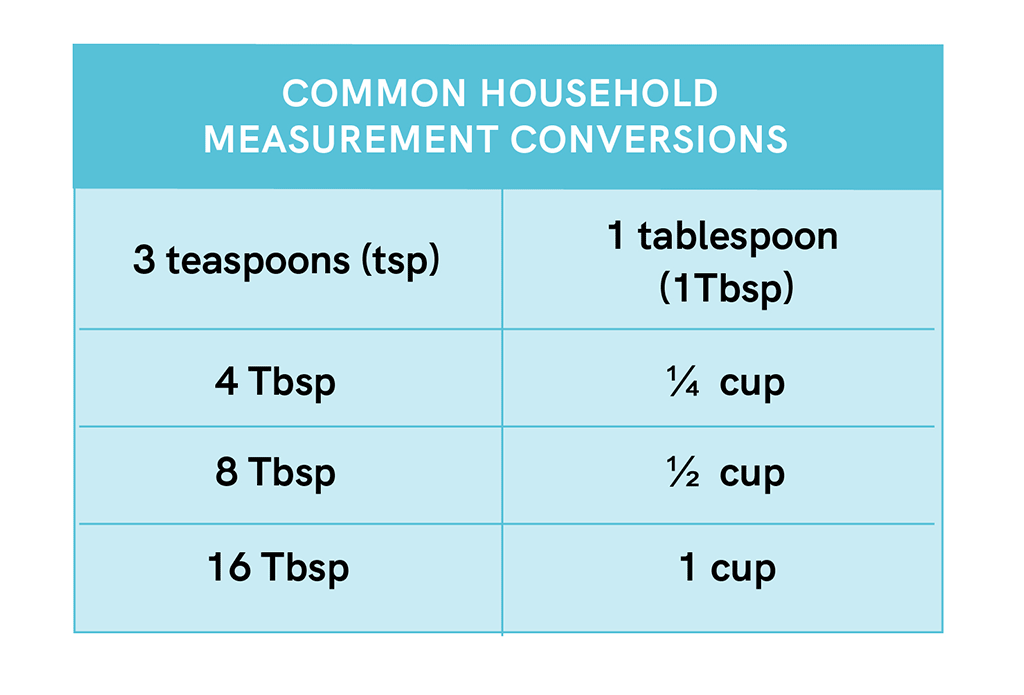
Measuring spoons
Instead of using regular silverware, use a set of measuring spoons. Table silverware varies in size based on style, and won’t give you the exact measurements.
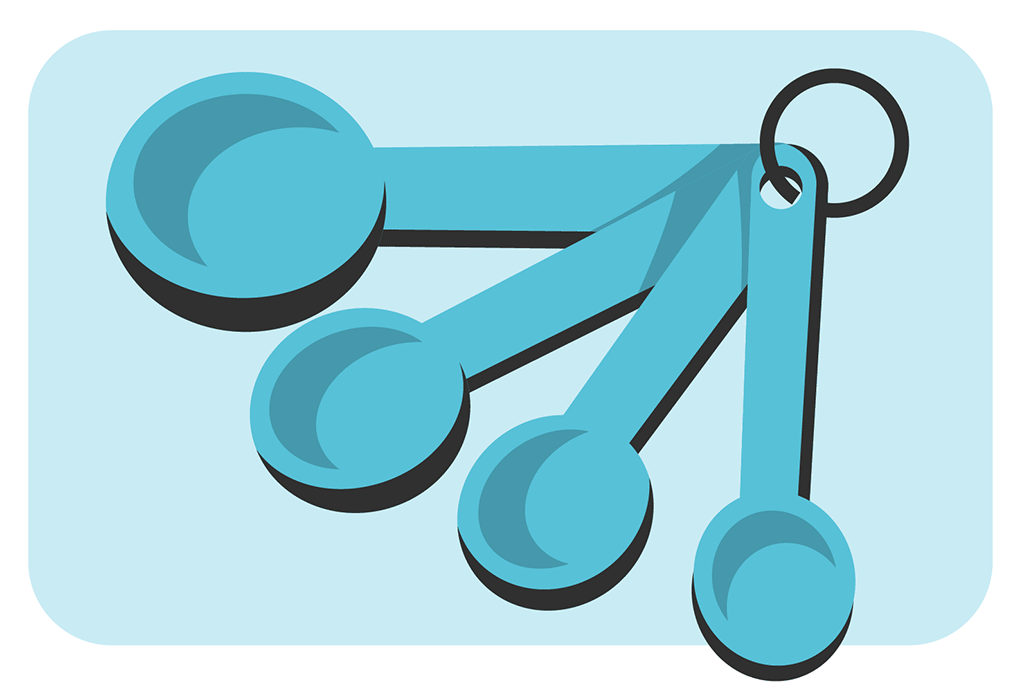
Measuring spoon sets include a ½ teaspoon, 1 teaspoon, ½ tablespoon and 1 tablespoon.
Measuring cups for liquids
Liquids are most easily measured using glass or plastic measuring cups. This way you can see through it.
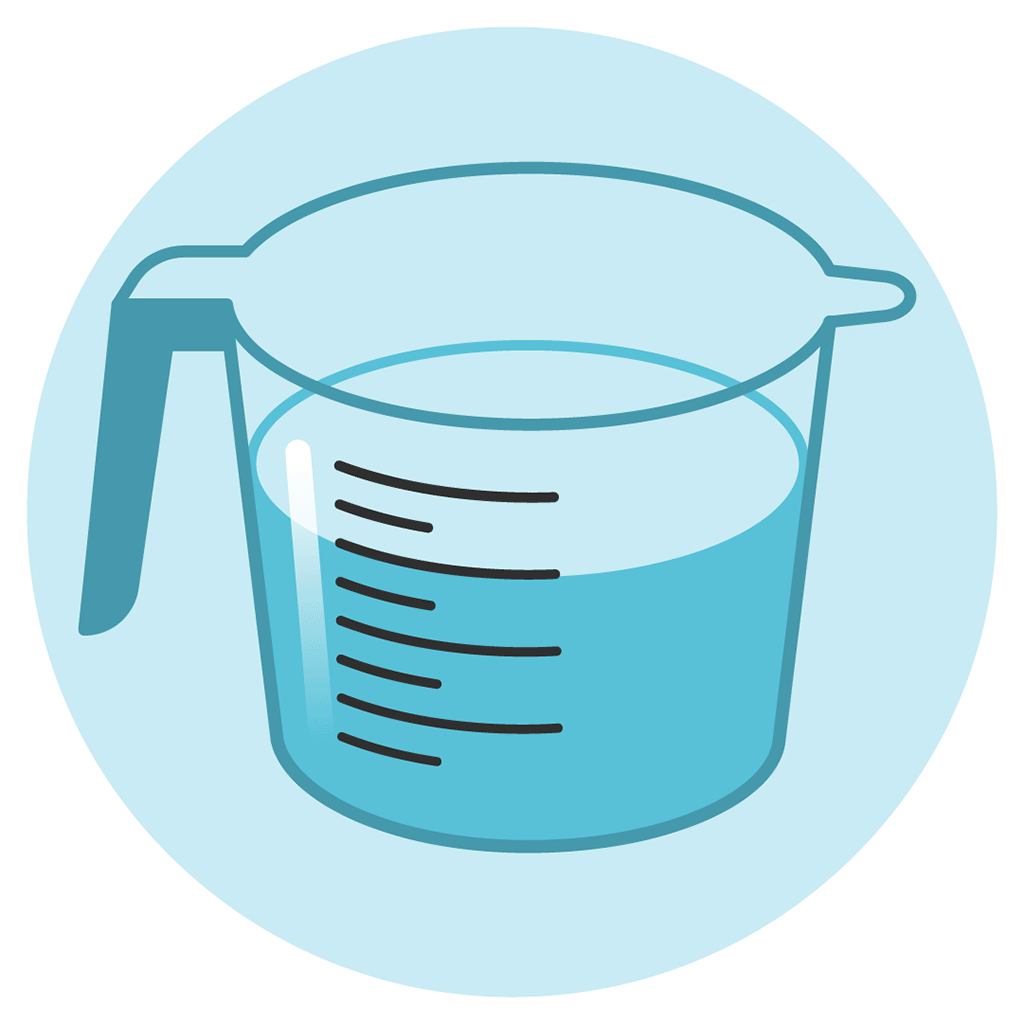
To measure liquids correctly, set the cup down on a flat surface and look at the markings at eye-level to make sure the liquid reaches the proper line.
Measuring cups for solids
Stackable cups are great for measuring dry ingredients, fruits, vegetables or cooked grains.
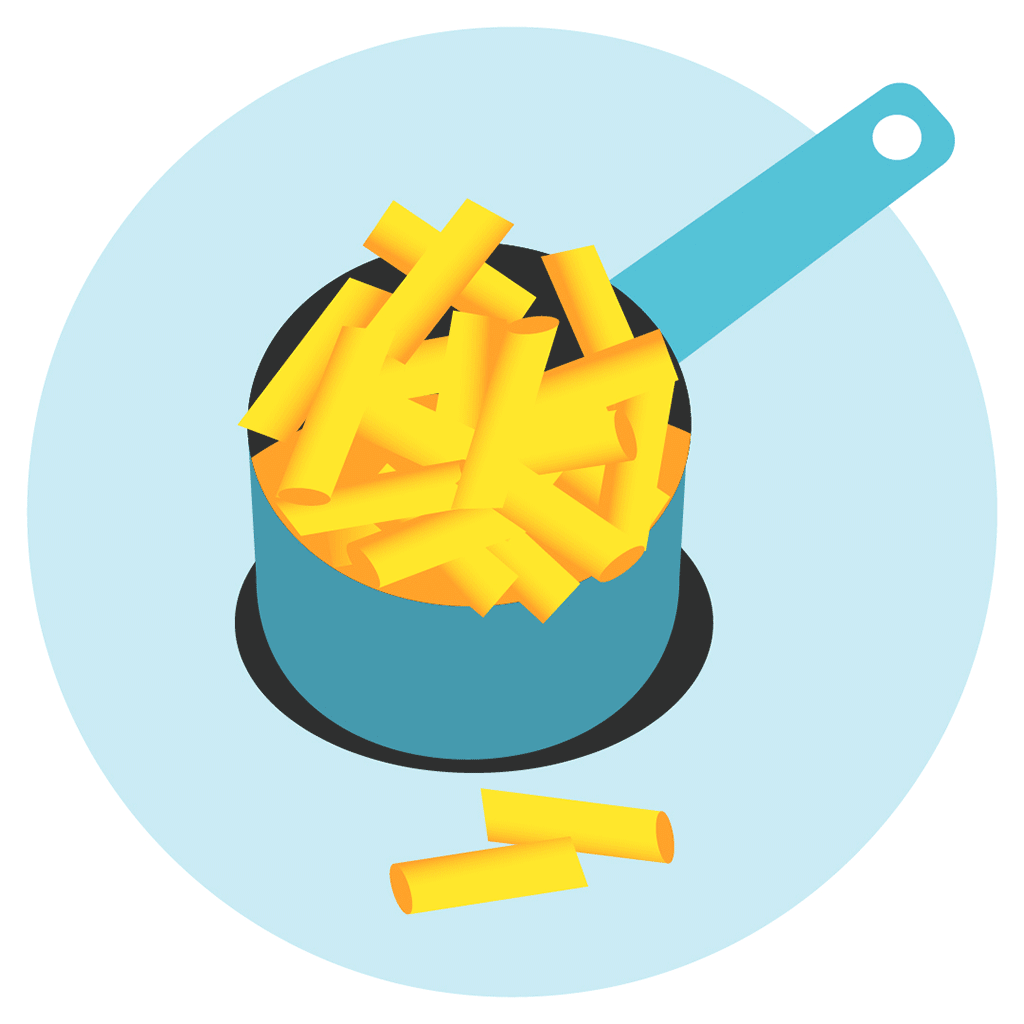
For example, if you plan to eat 45 grams of carbohydrates from starches at dinner, use a measuring cup to serve the cooked starch directly from the pan to your plate. It saves a step as you’re serving and measuring all in one. Use the flat edge of a knife to level off the top.
Food scale
A food scale is a helpful tool that measures in grams. Scales have either a flat weighing surface or a bowl to contain the food. Compact travel scales are also available.
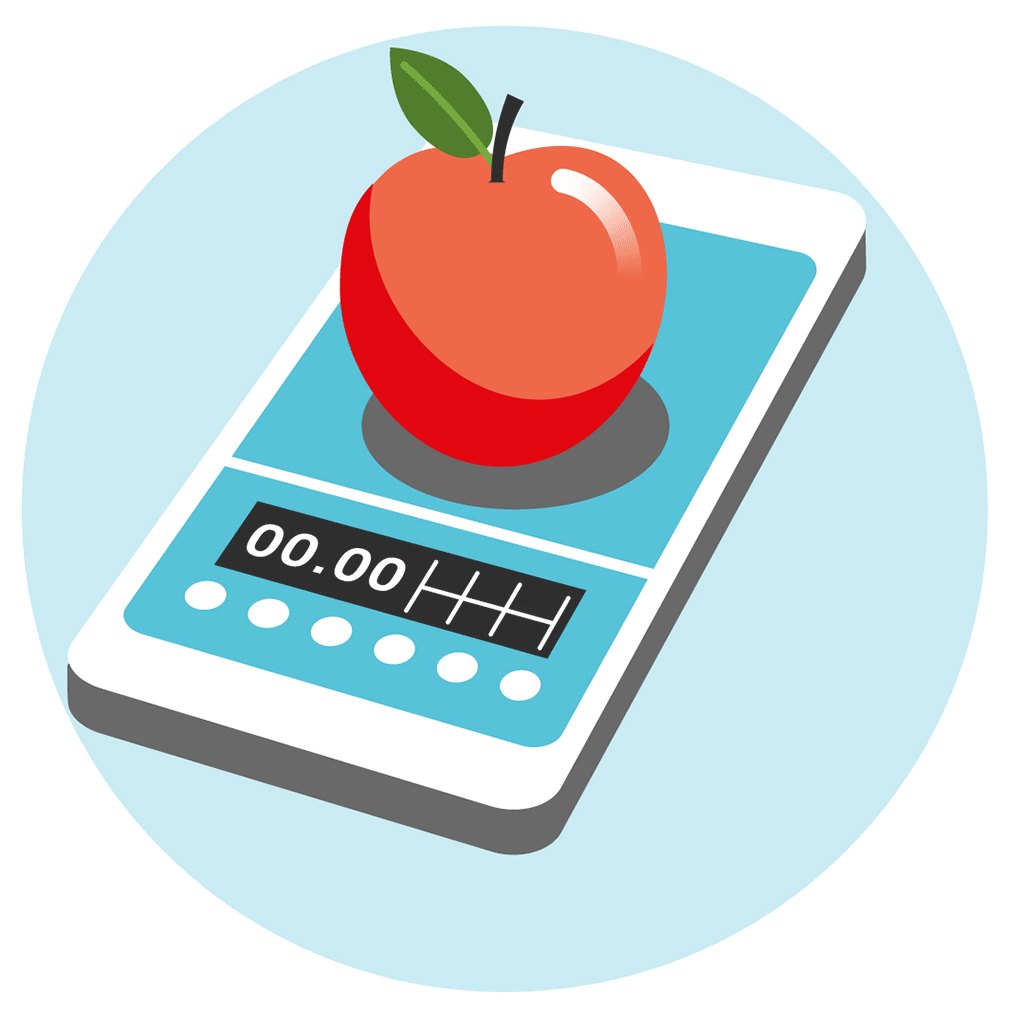
Leave a Reply